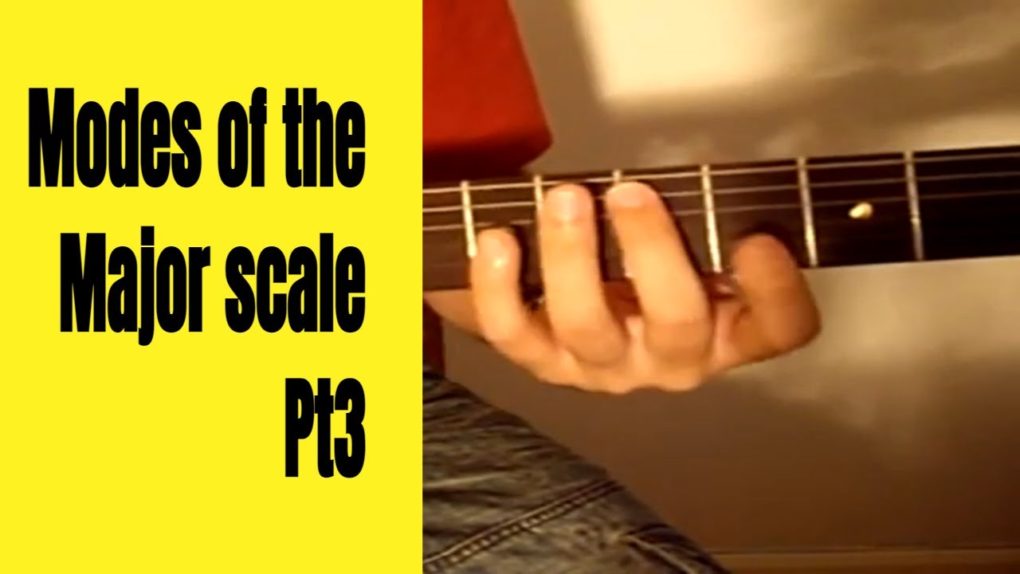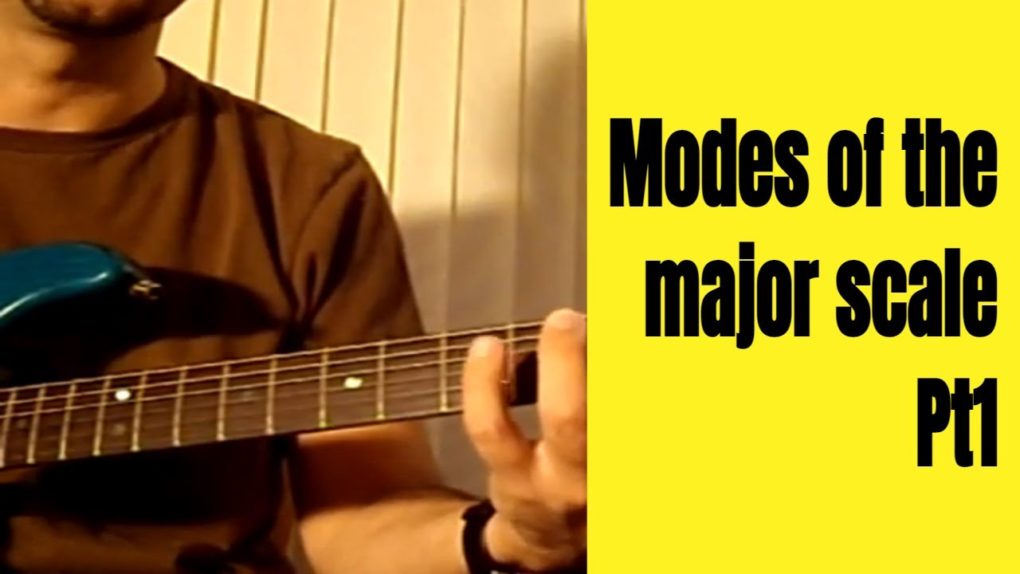This is a another classic chart to understand how modes are built by comparing them to the major scale staring from the same note…you’ll see right away how D Dorian is a minor mode and how it differs from D major scale.
Printable PDF: Modes Pt3
C Ionian = C major by constitution and it is a Major mode.
|
C Ionian |
C |
D |
E |
F |
G |
A |
B |
|
C Major |
C |
D |
E |
F |
G |
A |
B |
D Dorian
|
D Dorian |
D |
E |
F |
G |
A |
B |
C |
|
D Major |
D |
E |
F# |
G |
A |
B |
C# |
As you can see the difference here is that the Dorian mode has the minor 3rd (F natural instead of F#) and the minor 7th (C natural). The Dorian Mode is a Minor mode
E Phrygian
|
E Phry |
E |
F |
G |
A |
B |
C |
D |
|
E Major |
E |
F# |
G# |
A |
B |
C# |
D# |
Here not only we can see the minor 3rd and the minor 7th but also the minor 6th and 2nd . This last note gives the characteristic sound to this mode. This is a minor mode.
F Lydian
|
F Lyd |
F |
G |
A |
B |
C |
D |
E |
|
F Major |
F |
G |
A |
Bb |
C |
D |
E |
A major mode with the raised 4th (Bb raised to B natural). Quite an interesting sound, used a lot for its dream like qualities.
G Mixolydian
|
G Mixo |
G |
A |
B |
C |
D |
E |
F |
|
G Major |
G |
A |
B |
C |
D |
E |
F# |
This is called a major dominant mode, the characteristic note is the minor 7th on a major scale.
A Aeolian
|
A Aeol |
A |
B |
C |
D |
E |
F |
G |
|
A Major |
A |
B |
C# |
D |
E |
F# |
G# |
This mode is also known as Relative minor or Natural minor. Has a minor 3rd, minor 6th and 7th
B Locrian
|
B Locr |
B |
C |
D |
E |
F |
G |
A |
|
B Major |
B |
C# |
D# |
E |
F# |
G# |
A# |
Maybe not as popular as the other modes, but used quite a lot in many jazz standards and similar tunes this is a minor mode with minor 2nd , 3rd, 6th and 7th. Also the characteristic note is the diminished 5th, that makes this mode one of kind among those from the major scale.


